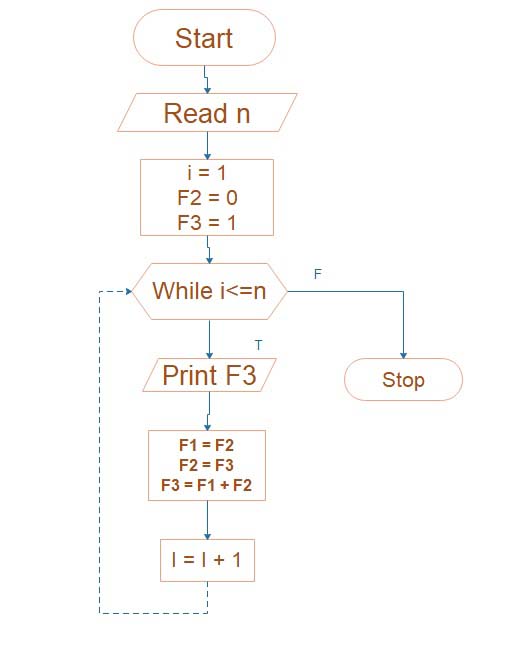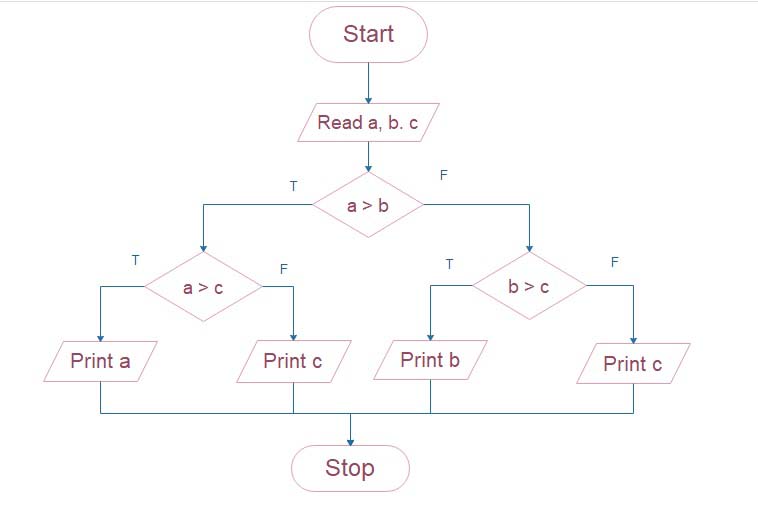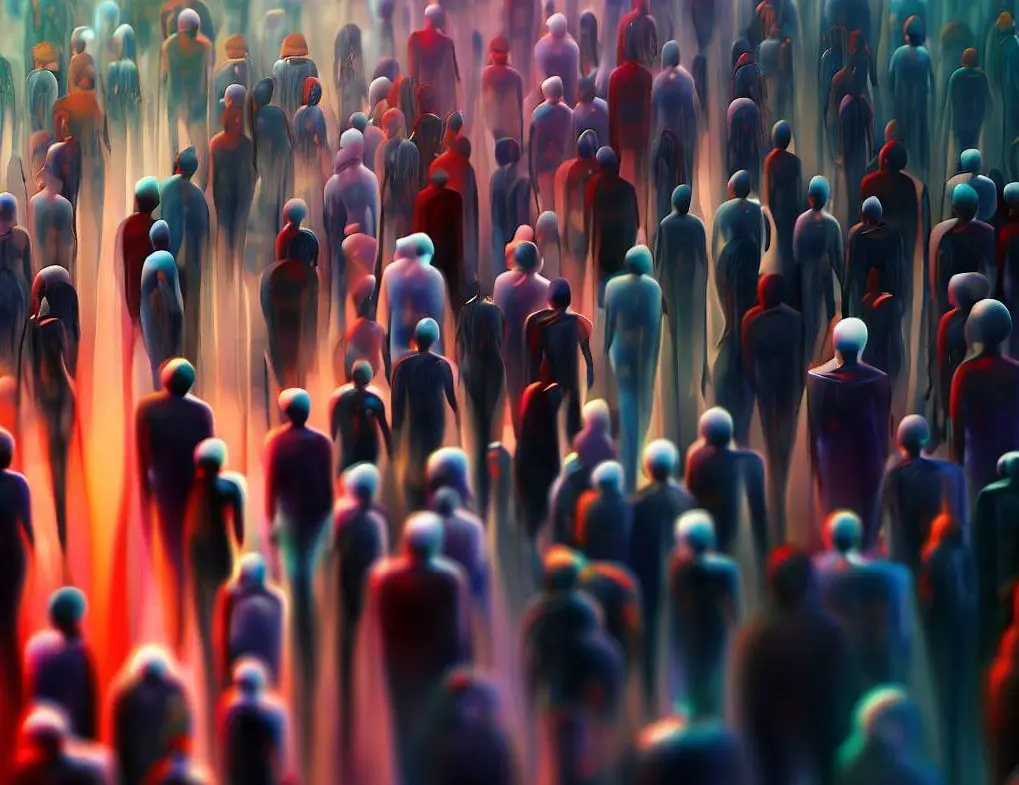How to calculate Human Population and Types
Human Population
Human Population in the word refers to all members of the Homo sapiens species that are currently residing on Earth. No of their age, gender, country, or other demographic traits, it embraces all people. For several academic disciplines, including sociology, economics, environmental science, and public health, it is essential to comprehend the human population. The notion of the human population, its historical increase, the causes influencing it, and its effects on resources and the environment will all be covered in this article.
- It is defined human population as a group of interacting and interbreeding organisms of the same species living in a particular area in a unit of time.
- e.g. The amount of fish present in a fishpond forms fish population or the number of man-eaters living in a forest kind of tiger people of that forest.
- Thus, the human population is the smallest unit of the community.
Table of Contents
Human Population Importance
The number of people has been growing continuously throughout history, but in recent centuries, the rate of growth has greatly accelerated. The effects of this expansion on the planet and its inhabitants are significant. We must look at past patterns of population increase and the factors that affect them to understand the dynamics of the human population.
Human Population Definition
The term human population refers to all members of the Homo sapiens species, including people of various ages and socioeconomic backgrounds. It is a dynamic idea that shifts over time as a result of migration, birth rates, and other demographic considerations.
- It is several human beings living in the unit area, in unit time. e.g. Population of a village or district or state or nation or the world.
- The subject of the human population is Know that demography.
Importance of Population (Demography)
- It helps to study the increase or decrease in the size of a population.
- It helps in the planning of the national economy.
- It helps to find out the need and problems of the population.
- It helps to fulfill the present and future needs and problems of a population.

Human Population historical expansion
The majority of human history was marked by relatively sluggish population growth. However, the population started to grow quickly as a result of improvements in medicine, sanitation, and agriculture. This rise was further accelerated by the Industrial Revolution, which caused a large increase in world population.
Types of the human population
Any population manifests certain group properties not shown by individual parts of the groups
- Natality
- Mortality
- Sex ratio
- Age distribution and
- Density
Natality of Population
- Natality about birth motion is the number of individuals born per unit time, per 1200 individuals of each population. The greater this natality larger order be the size of each population.
- The maximum possible rate of reproduction of a population is called potential.
- The population’s observed reproduction rate is called realized or ecological natality.
Natality is calculated by the following formula,
Total no. newborns in a year in a particular area (n)
Natality=—————————————————————————–X 1000
Equate the population about the year of the specific area (N)
If 100 babies are born in a population of 5000 n a year, then the natality, i.e. birth rate will be as follows
100
Natality =———X 100
5000
=20 per thousand.
Mortality of Population
- Mortality and death rate is the number of individuals that fall per unit of time, per 1000 personage of the population.
- The size of the population decreases if its mortality is high. The death of the individual due to ageing is called potential mortality.
- Death due to factors like diseases, accidents, etc, is called realized mortality. Realized mortality is higher than potential mortality.
Mortality is calculated by the following formula,
No. Of deaths in a year in a particular area (n)
Mortality=—————————————————————-x 1000
The average population of that year in that area (N)
If the total death in a population of 5000 is 50 in a year, then the mortality of that population will be follows
50
Mortality = ———-x 1000
5000
= 10 per thousand
Sex-ratio of Population
- The sex ratio is the number of females per 1000 males in a population. The ratio should be more or less the same, but variations occur due to various reasons.
The sex ratio is calculated by the following formula,
Number of females
Sex ratios =————————-
1000 male
- The sex ratio data of India shows that the number of females compared to males is gradually decreasing. The sex ratio for the last 40 years is given below
Sex ratio in India.
| Year | Females per 1000 males |
|---|---|
| 1961 | 941 |
| 1971 | 930 |
| 1981 | 934 |
| 1991 | 937 |
| 2001 | 933 |
- Kerala is the only state where the proportion of females is higher than males. Preference for a male child, poverty, and the low status of women in society are the prime reasons behind this unequal ratio.
- A high mortality rate among women of their reproductive age is also responsible for a decrease in the number of females.
- If a population, females are more, then it is called a feminine population, whereas, if males are more, it is called masculine.

The age distribution structure of the Population
- It is the age-wise distribution of the individuals of a population into groups. Generally, the members of a population can be divided into the following three age groups,
- Pre-productive group: 1-14 years (children).
- Reproductive group: 15-60 years (adults).
- Post-productive group: 60 years and above (old people).
In India, according to the census, the age structure is described as,
| Year / Age | 1-14 years | 15-60 years | 6-yrs and above |
|---|---|---|---|
| 1971 | 42% | 54.5% | 3.5% |
| 1981 | 39.72% | 54.07% | 6.21% |
| 1991 | 36% | 57.59% | 6.41% |
| 2001 | 30.8% | 64.3% | 4.9% |
- If the population mainly consists of a pre-productive group, it is said to be an expanding population.
- If it is mainly made up of the post-productive group, it is called a declining population.
- A population predominantly consisting of a reproductive group is a growing population.
Density of Population
- Density is the total number of individuals living per unit area at a specific time. Density is the calculated formula the following formula:
- D = n/a
- Where, D = density; n = the number of individuals; a = area in square kilometres.
- Density is calculated by knowing the number of people staying in a particular area and taking into consideration the area of that place.
FAQs (Frequently Asked Questions)
Q1: Is the human population still growing?
Yes, the number of humans is still increasing, albeit more slowly than in earlier decades. According to UN predictions, the world’s population will continue to grow, although more slowly.
Q2: How does population growth affect the environment?
As a result of population growth’s impact on the environment, deforestation, habitat loss, pollution, and climate change occurs. To lessen these environmental effects, it is essential to develop sustainable practices and resource management.
Q3: What are the main factors influencing population growth?
Birth, mortality, fertility, life expectancy, and migration patterns are the primary variables affecting population increase. Political, cultural, and socioeconomic considerations are also important.
Q4: How can we address the challenges of population growth?
Taking on the problems caused by population expansion demands a multifaceted strategy. It entails encouraging access to family planning, healthcare, and education; empowering women; using sustainable resource management techniques; and making investments in social services and infrastructure.
Q5: Why is it important to study human population trends?
We can better comprehend the social, economic, and environmental effects of population expansion by studying human population patterns. It guides efforts at resource management, sustainable development, and policymaking, allowing us to build a more just and affluent society for the coming generations.
Q6: When did we reach 8 billion?
By 2023, there will be 8 billion people on the planet, which is a big milestone. This indicates that there are currently more than 8 billion people on Earth. The constant rise in population may be linked to a number of things, including better healthcare, technological developments, and easier access to resources. The demand for natural resources, environmental sustainability, and the requirement for proper infrastructure and services to support such a huge population are some of the issues that this fast expansion also brings. To solve these issues and guarantee a sustainable future for everybody, efforts are being made.
Q7: When did we reach 4 billion?
When the world’s population surpassed 4 billion in 1974, it marked a critical turning point. Given that it had only taken 47 years for the population to double from 2 billion to 4 billion, this indicated a rapid increase in the world’s population. Longer lifespans and lower death rates as a result of medical improvements, better sanitation, and technological development are mostly to blame for population growth. This population boom presented both possibilities and difficulties, necessitating coordinated efforts to supply basic necessities like food, water, and housing while also taking sustainability and fair development into consideration.
Q8: How big was the population 100 years ago?
Around 100 years ago, in the year 1923, it was believed that there were roughly 1.8 billion people on the planet. In comparison to previous centuries, this was a huge gain since better living circumstances, sanitization improvements, and medical developments all increased life expectancy and decreased death rates. It is crucial to remember that population growth was considerably slower than in more recent decades. The social and economic structures of many areas were changing as the world continued to industrialize. This time period represented the transition to the modern era and paved the way for future societal advancement and population expansion.
Q8: How big will the human population be in 2050?
Given the many variables that might affect population increase, it is difficult to predict the precise number of the human population in 2050. On the other hand, estimates from the United Nations indicate that by 2050, there will be 9.7 billion people on the planet. This estimate considers elements including current population trends, fertility rates, and advancements in healthcare. Since these estimates are based on assumptions and can be impacted by different social, economic, and environmental factors, it is crucial to keep in mind that they are vulnerable to change.














